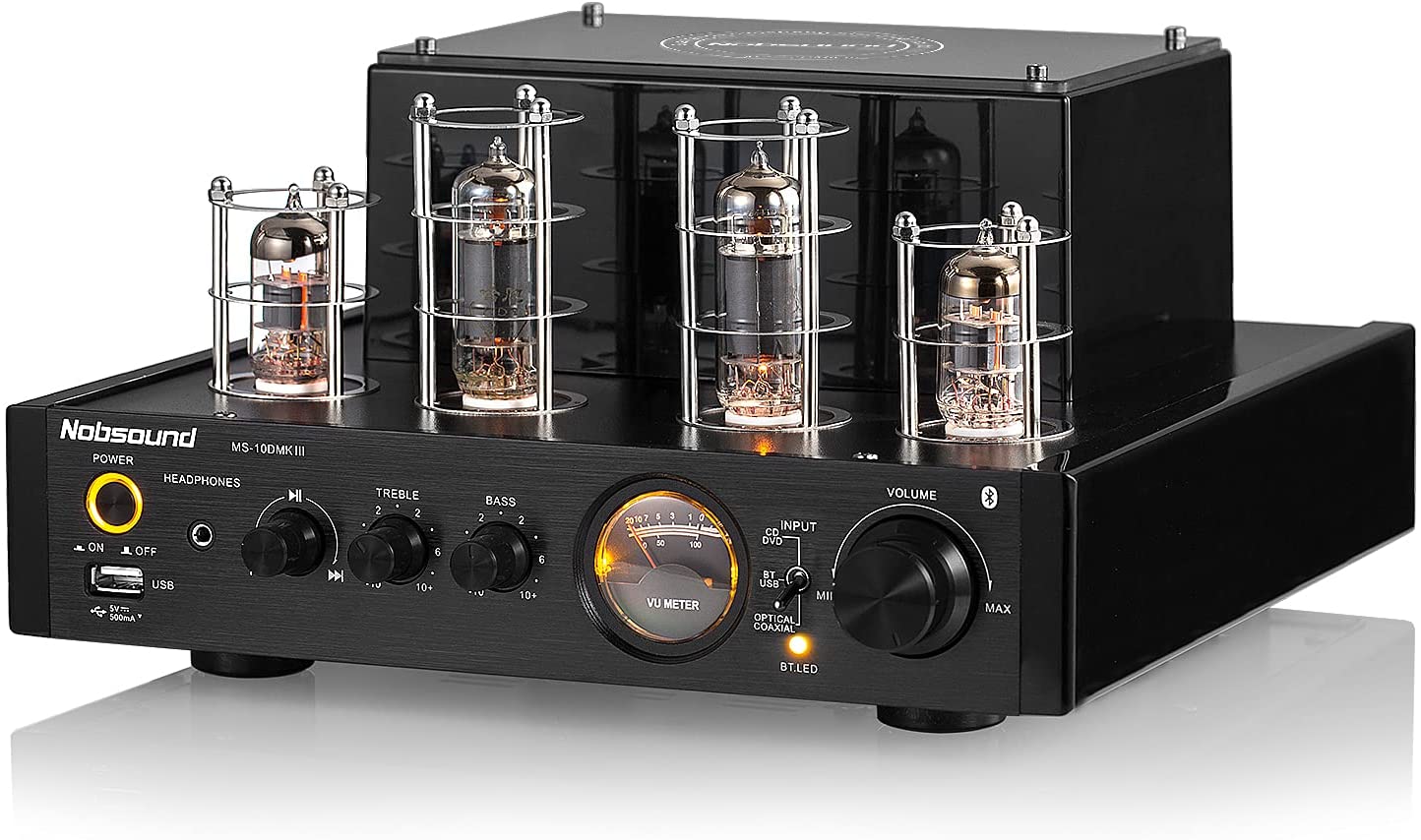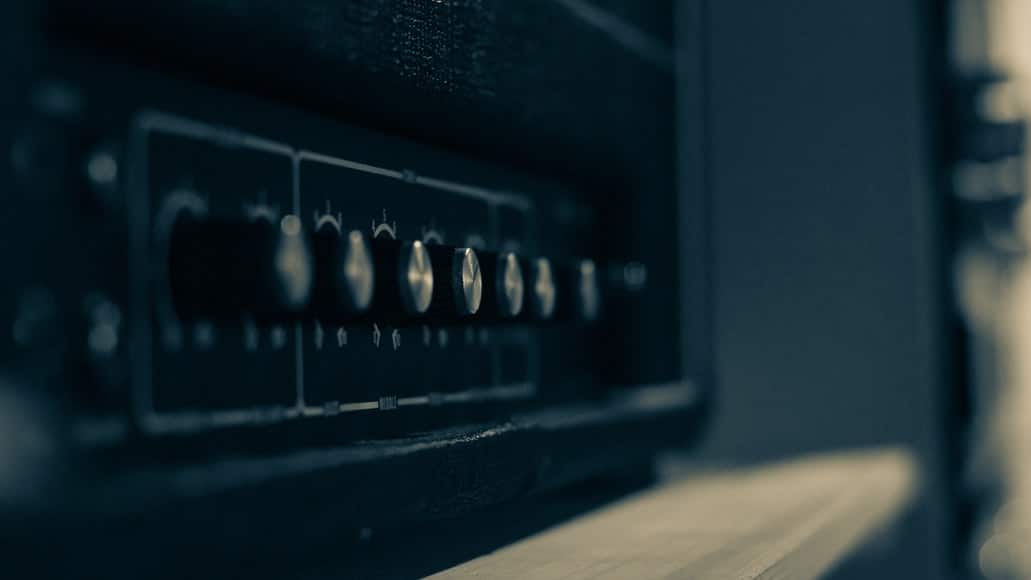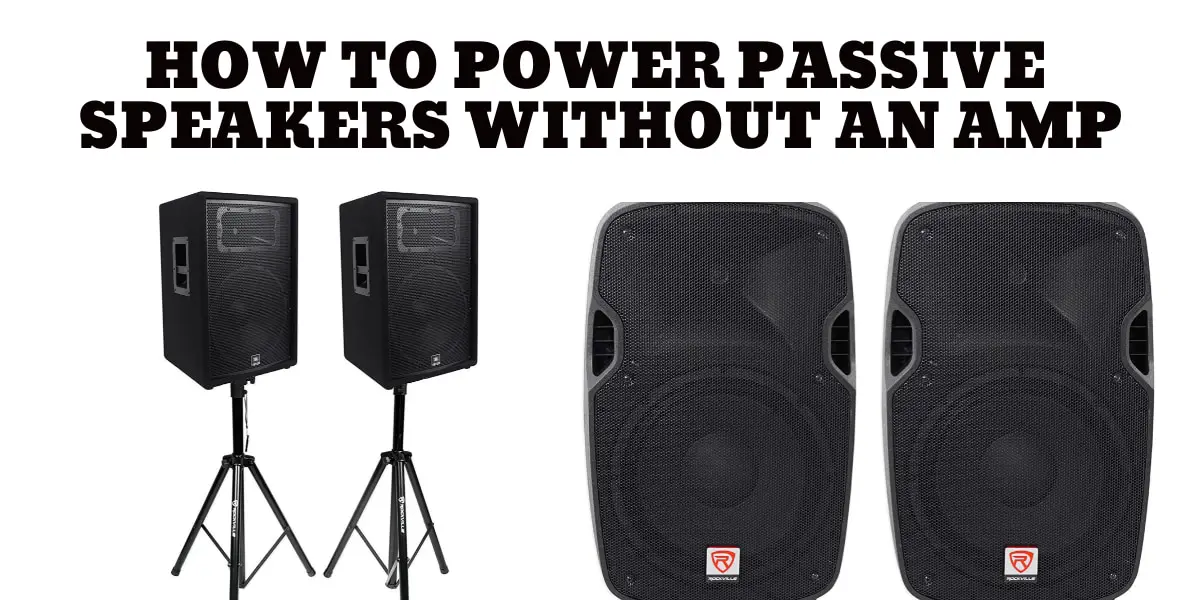With a good, well-thought, home audio setup, you may never think of going to the cinemas again.
You can recreate cinematic sound in your by getting the right set of speakers, and back them with an amplifier – a mixer is needed if you’d be dealing with audio signals from different channels (audio transmitters).
This article clearly explains how to set up speakers monitors amps and mixers with simple steps by steps even a 12 years old child can do.
Interestingly, the steps and processes aren’t as challenging as some people may think. If you’ve got a powered mixer – that makes things even easier.
Table of Contents
How To Set Up Speakers Monitors Amps And Mixer
So, we’d take them one after the other, from connecting the amp and mixer to connecting your speakers and monitors.
Connecting Amplifiers and Mixers
You don’t need a mixer if you have a powered amplifier, and you don’t need an amplifier if you’ve got a powered mixer.
The basic function of amplifiers is to pick up low audio signals from the mixer and “amplify” them – boost them – so the signals can play back on the connected loudspeakers.
Regardless, if you’ve got a pre-amp (external amp) that you wish to connect to a speaker, here’s how to do that.
First Step:
Turn off the amplifier and the mixer to prevent loud, disturbing noise during the setup, and to prevent short-circuiting. With both devices turned off, take note of the type of connectors they possess.
Second Step:
Connect the audio cables; the stereo cables should go to the L and R OUT ports in your mixer. Usually, the white cable should go into the L port, while the red cable goes to the R port.
Now, connect the other ends to the respective “IN” ports in your amplifier.
So, basically, you’re taking sounds from the mixer to the amplifier, which is why you connected the cable to the OUTput ports on the mixer and then to the INput ports on the amplifier.
Third Step:
At this point, you have successfully connected your amp and mixer; all that is left is to connect your speakers to the amplifier, and then bring in audio signals to the mixer. But, ensure that all the mixer’s volume controls are down to the lowest until everything is fully set.
Connecting Speakers To Amplifier/Mixer
Depending on the type of speakers you’ve got, the connection procedure may differ. Usually, your amp’s user manual would contain labeled diagrams on how to connect speakers and mixers to it – the same applies to mixers’ user manuals.
But that notwithstanding here’s a generic way to connect your monitor speakers to your amplifier or mixer (powered or not).
First Step:
Plug in one end of the Dual ¼-inch TRS cable to your Studio Monitors (speakers); the Red jack should go into the R port, and the Black one should go into the L port.
Now, place the speakers where they should be – find perfect positions for them.
Second Step:
Now, plug in the other ends of your cable to the respective ports in your audio mixer or audio interface. Be careful to plug the cables into the corresponding ports to avoid any possible damage.
Third Step:
You’re almost done, now turn on the gears, play a sound, and gradually adjust the volume levels using the Mixer’s volume control knobs.
You should hear a clean sound if your connections are correct; however, if you’re not hearing any sound, you need to go back and check the connections.
It is also important to note that the cable to use for your connections may differ based on the type of speaker you’ve got.
If you’re trying to connect all-powered gears; powered mixer/amplifier and powered speakers, the steps are pretty entirely different from what’s explained above.
Follow the guide below for connecting powered systems.
How To Set Up Powered Speakers With Powered Amplifier/Mixer
Power amplifiers come with different configurations; you have to pay attention to the type of power amp you’ve got; that’d make things easier.
When you have pointed out the type of power amp you have, next is to purchase the required cables for the connections, and then you can follow the guide below.
First Step:
Usually, connecting power amps to AV receivers or powered speaker needs an RCA cable. So, connect the RCA cables to the respective ports on your AV receiver or speakers.
Second Step:
The RCA cable ends should go into the OUTput ports on your amplifier and then to the INput ports of your speakers.
Third Step:
After the connection is done, you can turn on both devices and playback a sound to ensure what you did was right.
Also, ensure to keep the volumes low – at first – and then gradually increase it when you start hearing sounds playback from your connected speakers.
Things You Should Know
Using powered appliances would reduce wire clutter in your room, and make your audio setup tidier. Powered appliances also do not require much power to run as expected.
Hence, most people prefer buying powered amplifiers – or home theater with integrated amp, instead of buying an external amplifier, which obviously would take up more space, and use more power.
But, all these have their advantages and disadvantages; if you’re running a studio, preamps might just be the best option for you because they provide more connectivity ports than powered amps or mixers.
Summary
Conclusively, connecting home speakers to an amplifier and mixer is certainly not the best setup. You could get some premium, powered speakers and connect them directly to your AV receiver.
More so, we’re in times where you could get solid soundbars that can connect to your TVs directly via HDMI ARC or eARC, and this eliminates the need for amps or mixers.
When shopping for home audio appliances, go for newer models because they offer much ease – eliminating the need for certain devices that may be needed to connect older models.
HDMI ARC is a core feature to look out for when buying TVs and soundbars for home entertainment.




